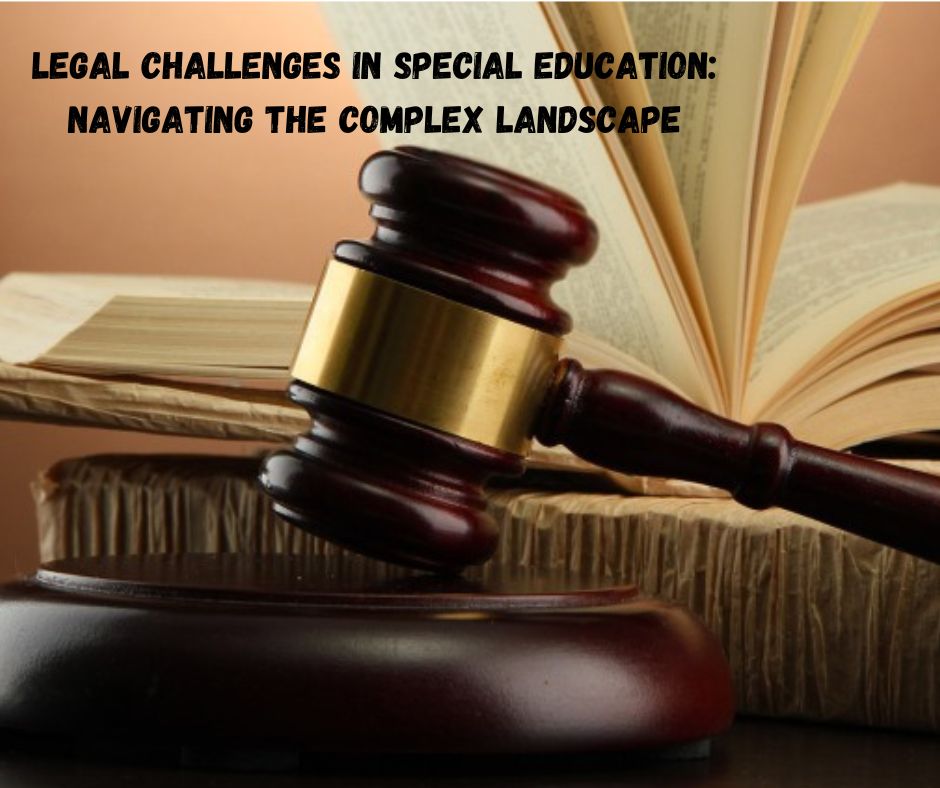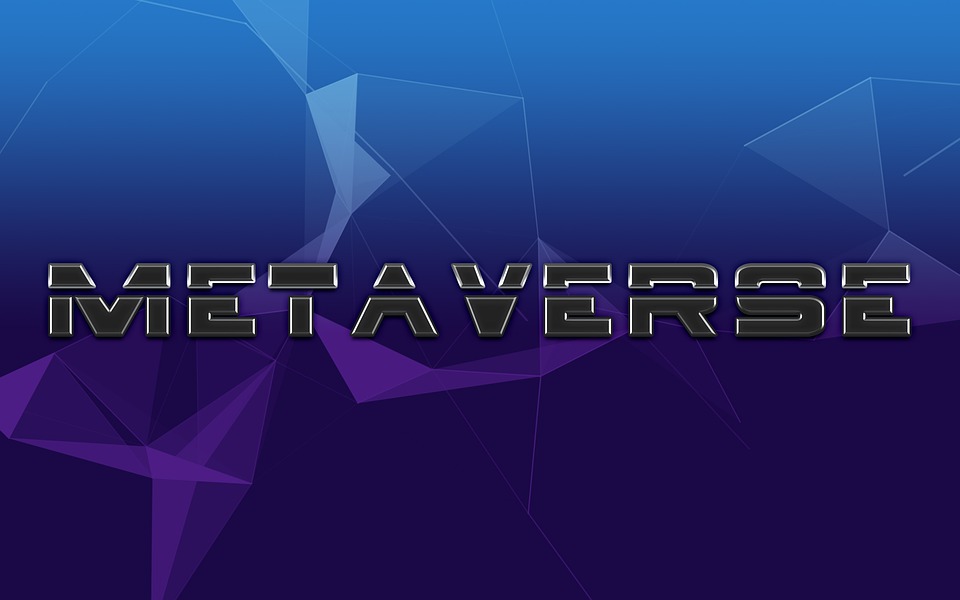Education
Legal Challenges in Special Education: Navigating the Complex Landscape
by Author
-
Monday, September 25, 2023
57 Views
Special education is a vital component of our educational system, aimed at providing support and tailored instruction to students with disabilities. However, the field of special education is not without its legal complexities and challenges. In this comprehensive guide, we will delve into the legal aspects surrounding special education in the United States, exploring the key regulations, rights, and challenges that educators, parents, and students encounter. By the end of this article, you’ll have a better understanding of the legal framework governing special education and how to navigate the intricate landscape effectively.
Understanding the Legal Foundation of Special Education
To comprehend the legal challenges in special education, we must first grasp the foundational laws and regulations that govern this field. The following federal laws lay the groundwork for special education in the United States:
1. Individuals with Disabilities Education Act (IDEA)
IDEA is the cornerstone of special education law. Enacted in 1975, it ensures that students with disabilities receive a Free Appropriate Public Education (FAPE) in the least restrictive environment. IDEA covers children from birth through age 21 and requires the development of an Individualized Education Program (IEP) for each eligible student.
2. Section 504 of the Rehabilitation Act
Section 504 prohibits discrimination against individuals with disabilities in federally funded programs, including public schools. It requires schools to provide reasonable accommodations to ensure that students with disabilities have equal access to educational opportunities.
3. Americans with Disabilities Act (ADA)
While primarily a civil rights law, ADA also has implications for education. Title II of ADA prohibits discrimination on the basis of disability in public entities, including public schools. It requires schools to ensure that their programs and facilities are accessible to individuals with disabilities.
Common Legal Challenges in Special Education
Now that we have an overview of the legal framework, let’s explore some of the common legal challenges faced by stakeholders in special education:
1. Identification and Evaluation
One of the initial challenges is identifying students who require special education services. Schools must conduct thorough evaluations to determine eligibility. Disputes may arise when parents and educators disagree on whether a student qualifies for special education or the appropriate services.
2. Development and Implementation of IEPs
Crafting a suitable IEP that addresses the unique needs of each student can be challenging. Schools must ensure that IEPs are developed collaboratively, followed diligently, and revised as needed. Disputes may occur when there is a lack of parental involvement or when IEPs are not adequately implemented.
3. Placement Decisions
Determining the appropriate educational placement for students with disabilities is crucial. IDEA emphasizes the principle of educating students in the least restrictive environment. Legal issues may arise when parents and schools disagree on placement decisions, such as mainstreaming versus special education classrooms.
4. Discipline and Behavioral Issues
Addressing disciplinary matters involving students with disabilities can be complex. Schools must strike a balance between maintaining a safe learning environment and adhering to law assignment writers requirements, including conducting Functional Behavioral Assessments (FBAs) and providing Behavioral Intervention Plans (BIPs).
5. Transition Services
IDEA requires schools to provide transition services to help students with disabilities prepare for life after high school. Ensuring a smooth transition can be challenging, and disputes may arise if transition plans are not adequately developed or executed.
Resolving Legal Challenges in Special Education
Resolving legal challenges in special education often involves collaboration and adherence to established procedures. Here are some key steps for addressing disputes:
1. Open Communication
Effective communication between parents and educators is essential. Maintaining an open dialogue can prevent misunderstandings and lead to more collaborative solutions.
2. Due Process Procedures
IDEA provides a mechanism for resolving disputes through due process procedures, including mediation and impartial hearings. These avenues allow both parties to present their cases and seek resolution.
3. Legal Assistance
In some cases, parents or schools may seek legal representation to navigate complex legal issues. Special education attorneys can provide guidance and advocate for their clients’ interests.
4. Collaboration
Collaborative problem-solving can often lead to mutually agreeable solutions. Working together to find the best educational plan for the student is in everyone’s best interest.
Conclusion
While legal challenges in special education are a reality, they should not deter us from the primary goal: ensuring that students with disabilities receive the support and education they deserve. Understanding the legal framework, fostering communication, and collaborating effectively are essential steps toward addressing and overcoming these challenges. With the right knowledge and approach, we can continue to improve the quality of special education and advocate for the rights of students with disabilities.
In conclusion, the legal landscape of special education is multifaceted, requiring diligence and collaboration from all parties involved. By navigating the complexities with a commitment to the best interests of students, we can work towards a more inclusive and equitable educational syste






